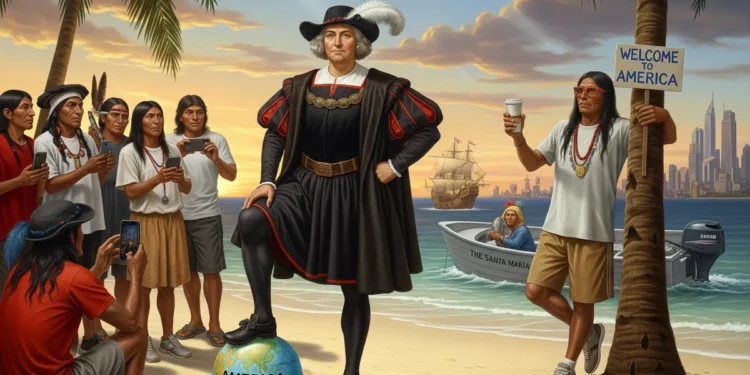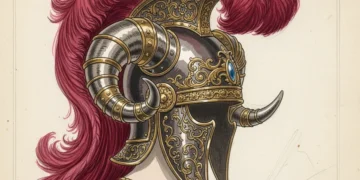Unpacks the “Columbus Discover America Myth“, cataloguing earlier trans-Atlantic voyages (Norse, Indigenous, and other contacts), and shows how national narratives simplify complex histories.
Table of Contents
Introduction
The Columbus Discover America Myth is one of the most resilient fictions in modern history. It is a story taught to children, etched into public monuments, and celebrated with a national holiday—a simple, heroic tale of a lone navigator discovering a New World. But this narrative is a carefully constructed fantasy, a foundational falsehood designed to legitimize conquest and erase millennia of human history. The story of 1492 is not one of discovery, but of a violent collision of worlds, and the myth that surrounds it has caused profound and lasting harm by distorting our understanding of the past and justifying the injustices of the present.
This article systematically dismantles the flawed Columbus Discover America Myth, moving far beyond a simple correction of dates and names. We will begin by unpacking the myth’s origins and the colonial language that sustains it before presenting the irrefutable proof of earlier voyages. We will explore the hard archaeological evidence of the Norse settlement in Vinland, predating Columbus by nearly 500 years, and examine other credible pre-Columbian contacts from across the globe. Most critically, we will pivot to the most vital truth the myth erases: the presence of millions of Indigenous people in thriving, complex societies who were invaded, not discovered.
From there, we will analyze why this myth became so powerful, exploring how a relatively obscure navigator was transformed into a national icon to serve the political agendas of the United States. We will trace the tangible, ongoing consequences of upholding this myth, from its damaging impact on education to its role in perpetuating systemic inequality. Finally, this analysis will offer a path forward, providing actionable steps to challenge this destructive narrative. It is time to move beyond the shallow story of 1492 and embrace a more complete, honest, and just history of the Americas.
Unpacking the “Discovery” Narrative: The Origins of the Columbus Discover America Myth
The story is as familiar as it is flawed: in 1492, a courageous Genoese navigator named Christopher Columbus sailed the ocean blue and “discovered” America. This simplistic tale, reinforced for generations in classrooms and textbooks, presents a lone visionary battling against the ignorance of a flat-earth society to unveil a continent waiting for its grand debut on the world stage. This traditional narrative forms the bedrock of the Columbus Discover America Myth, a story that frames history as a clean, linear progression kicked off by a single heroic act. However, this ingrained version of events is not just an oversimplification; it is a calculated distortion that has profoundly shaped our understanding of history, identity, and power.
The very language used to prop up this tale is loaded with colonial bias. Terms like “discovery” and “New World” are not neutral descriptors; they are instruments of erasure. To claim a land is “discovered” is to imply it was empty, unknown, or without a history of its own until a European arrived. This rhetoric effectively invalidates the existence of the millions of Indigenous peoples who had inhabited the Americas for millennia, possessing rich cultures, sophisticated societies, and complex trade networks. The consequences of the Columbus Discover America Myth are rooted in this linguistic trick, one that reframes invasion and conquest as a noble act of enlightenment.
Ultimately, the Columbus Discover America Myth was not born from a simple misunderstanding of history but was deliberately constructed to serve powerful political and colonial agendas. European empires needed a heroic origin story to legitimize their territorial claims and justify the immense brutality of colonization. Later, the fledgling United States adopted the myth to forge a national identity separate from its British roots, transforming Columbus into a secular saint. Understanding this myth’s intentional creation is the first step in dismantling it and moving toward a more honest account—one that acknowledges that America was not discovered, but encountered.
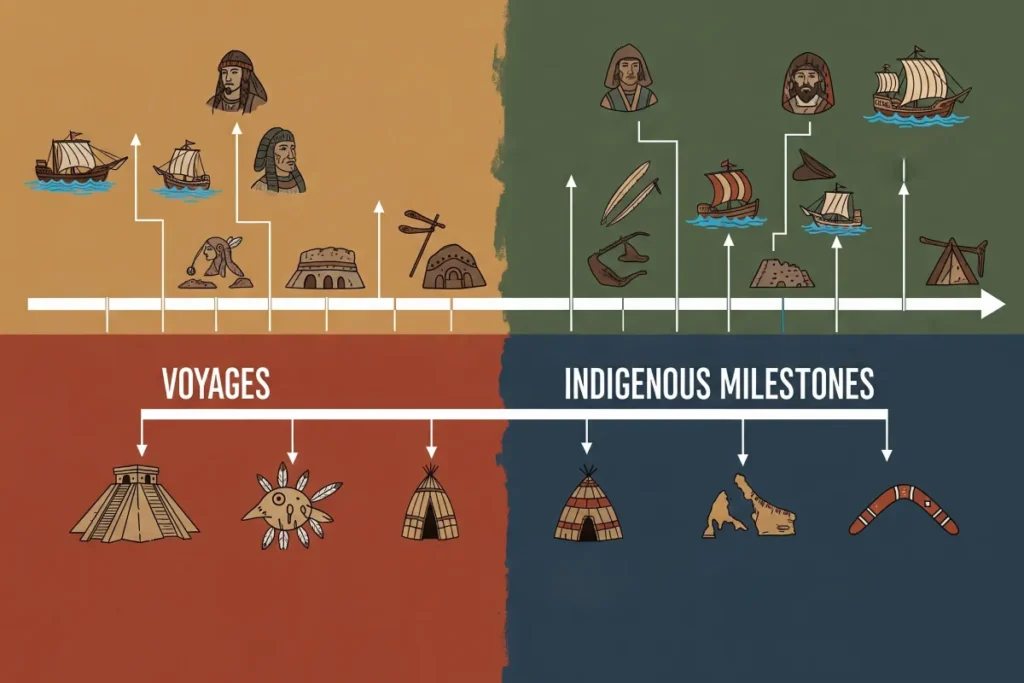
The Vinland Sagas: Hard Evidence of Viking America
Long before Columbus embarked on his voyage, the Atlantic had already been crossed. Around 1000 CE—nearly five centuries before 1492—Norse explorers led by figures like Leif Erikson sailed from Greenland to the shores of North America, a land they called Vinland. This well-documented chapter of history provides one of the most direct and irrefutable contradictions to the Columbus Discover America Myth. The story isn’t based on speculation but on a powerful combination of archaeological proof and written records. Acknowledging the Viking presence forces a fundamental rethinking of the entire “discovery” narrative, proving that Europeans had not only reached the Americas but had even established settlements there.
For decades, the tales of Vinland were dismissed by some as mere folklore. That changed dramatically in the 1960s with the discovery of a Norse settlement at L’Anse aux Meadows in Newfoundland, Canada. Unearthed by archaeologists Helge and Anne Stine Ingstad, the site revealed the remains of turf-walled buildings, an iron-working forge, and artifacts identical to those found at Norse sites in Greenland and Iceland. This tangible evidence provided undeniable proof of a European presence in the Americas centuries before Columbus. This settlement wasn’t just a brief stop; it was a base for exploration, directly challenging the flawed Columbus Discover America Myth by proving prior, sustained contact.
Further supporting this archaeological evidence are the Icelandic Sagas, specifically the Saga of the Greenlanders and the Saga of Erik the Red. These epic poems, transcribed in the 13th and 14th centuries, recount the voyages to Vinland in rich detail. They describe the landscape, its resources, and, most importantly, the interactions between the Norse explorers and the Indigenous peoples they encountered, whom they called Skrælingar. These interactions ranged from trade to violent conflict, painting a picture of a continent already inhabited and known. The sagas and the science converge to tell a clear story: the Columbus Discover America Myth ignores a proven history of earlier European presence.
Beyond the Vikings: Other Credible Pre-Columbian Contacts
While the Norse voyages are the most conclusively proven, they are far from the only credible challenge to the Columbus Discover America Myth. The historical record is rich with compelling, though often debated, evidence of other pre-Columbian contacts from across both the Atlantic and Pacific oceans. These theories, supported by botanical, genetic, and archaeological clues, suggest that the Americas were not an isolated landmass waiting to be found. Instead, they were a crossroads in a complex web of intermittent global interactions that occurred long before 1492. Rethinking the Columbus Discover America Myth requires us to look beyond Europe and consider a much more interconnected ancient world.
One of the most compelling cases involves Polynesian navigators. These master seafarers colonized the vast expanse of the Pacific, and evidence strongly suggests they reached the coast of South America. The key clue is the sweet potato; this plant, native to the Americas, was widespread in Polynesia hundreds of years before Columbus. Furthermore, genetic studies have shown links between the inhabitants of Easter Island and Indigenous South Americans. This trans-Pacific contact demonstrates that the oceans were not barriers but highways for ancient peoples, making the idea of a single “discovery” from Europe seem not just improbable but illogical.
Other scholarly theories point to possible voyages from Africa and Asia. Some historians argue that West African mariners, with their sophisticated knowledge of currents, may have made contact with the Americas. Likewise, the controversial “1421 theory” posits that a massive Chinese fleet explored the globe, including the Americas, decades before Columbus. While these claims lack the definitive archaeological proof seen at L’Anse aux Meadows, they are based on interpretations of historical records and artifacts that deserve serious consideration. The purpose of exploring these possibilities is not to replace one discovery myth with another but to dismantle the flawed Columbus Discover America Myth by showing that cross-cultural contact was a recurring theme of human history.
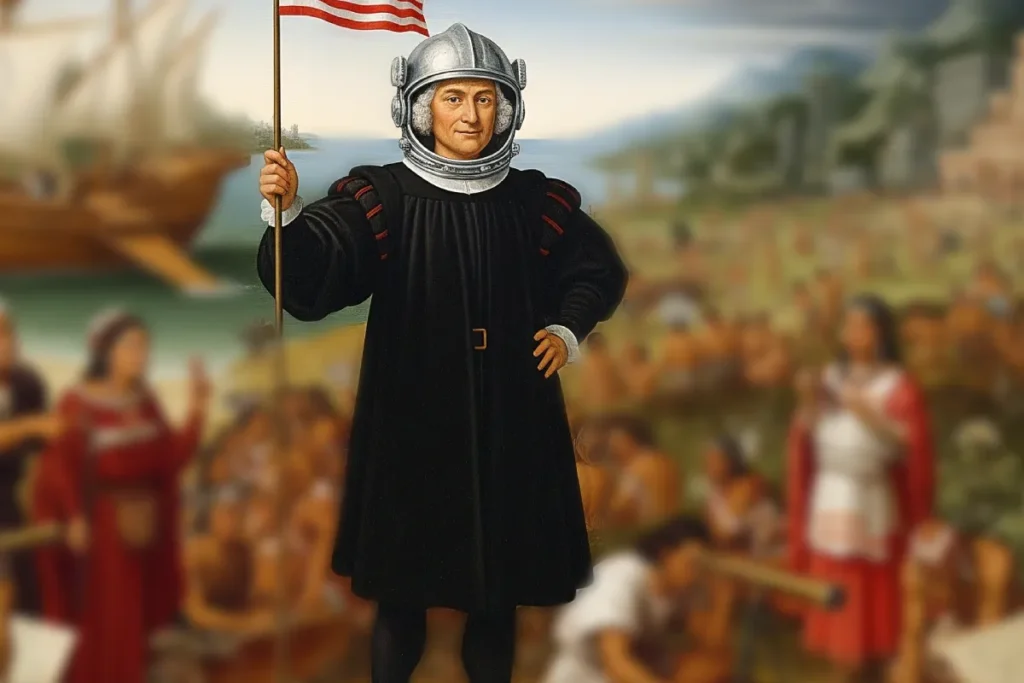
A Land Already Known: Recognizing Indigenous History and Perspective
The most profound and damning critique of the Columbus Discover America Myth has nothing to do with other European voyages. It rests on a simple, undeniable fact: the Americas were already home to millions of people. When Columbus arrived, he did not step into a vacant wilderness; he stumbled into a world bustling with ancient civilizations and a complex tapestry of cultures that had been developing for at least 15,000 years. To speak of “discovery” is to commit an act of staggering arrogance, rendering invisible the vast human history that is the true story of the Americas. This is the central lie of the Columbus Discover America Myth—the erasure of entire peoples.
Long before 1492, the Western Hemisphere was a landscape of incredible human achievement. From the vast, sophisticated urban center of Tenochtitlan in the Aztec Empire to the intricate mountain road networks of the Inca in the Andes, societies were thriving. North America was home to the Mississippian culture, which built monumental cities like Cahokia, and a continent-spanning network of trade routes moved goods, ideas, and technologies from the Great Lakes to the Gulf of Mexico. The consequences of the Columbus Discover America Myth include the systemic ignorance of this rich history, replacing it with a colonial caricature of a primitive, static world.
From the perspective of those who lived here, 1492 was not a discovery; it was an invasion. It marked the beginning of a cataclysmic era of disease, enslavement, and systematic violence that led to the death of millions and the destruction of entire civilizations. The “discovery” narrative is a story told exclusively from the colonizer’s viewpoint, a self-serving justification for the conquest that followed. Centering Indigenous perspectives is therefore the most critical tool for dismantling the myth. It reframes the event not as the start of a “New World,” but as the violent interruption and devastation of many old ones.
From Navigator to National Icon: Why America Embraced the Myth
For centuries after his death, Christopher Columbus was a relatively obscure historical figure. His elevation to a national hero was a much later invention, driven by the political needs of a young United States. In the late 18th century, seeking to sever cultural ties with Great Britain, the newly independent nation needed a foundational story free from British influence. Columbus, the Genoese navigator sailing for Spain, fit the bill perfectly. He was cast as a lone, forward-thinking pioneer, a symbol of the Enlightenment spirit who defied old-world dogma. This romanticized version laid the groundwork for the Columbus Discover America Myth to become an American obsession.
The myth became even more deeply entrenched in the national consciousness in the late 19th and early 20th centuries with the arrival of millions of Italian immigrants. Facing intense discrimination and anti-immigrant sentiment, Italian-American communities championed Columbus as a way to claim their stake in the American story. By celebrating him, they could position themselves not as unwelcome outsiders, but as descendants of the nation’s “discoverer.” This movement successfully lobbied for Columbus Day to become a federal holiday, cementing the navigator’s heroic status and further obscuring the more complicated and violent truths of his legacy.
This mythologizing, however, served a darker purpose. The sanitized narrative of a brave explorer discovering an untamed wilderness provided a powerful justification for the nation’s westward expansion and the doctrine of Manifest Destiny. If the continent was “discovered” in 1492, then its original inhabitants could be seen as part of the wilderness to be tamed, rather than as sovereign peoples with a right to their land. The consequences of the Columbus Discover America Myth are therefore inseparable from the violent history of American expansion, as the myth provided a moral and historical pretext for the displacement and genocide of Indigenous nations.
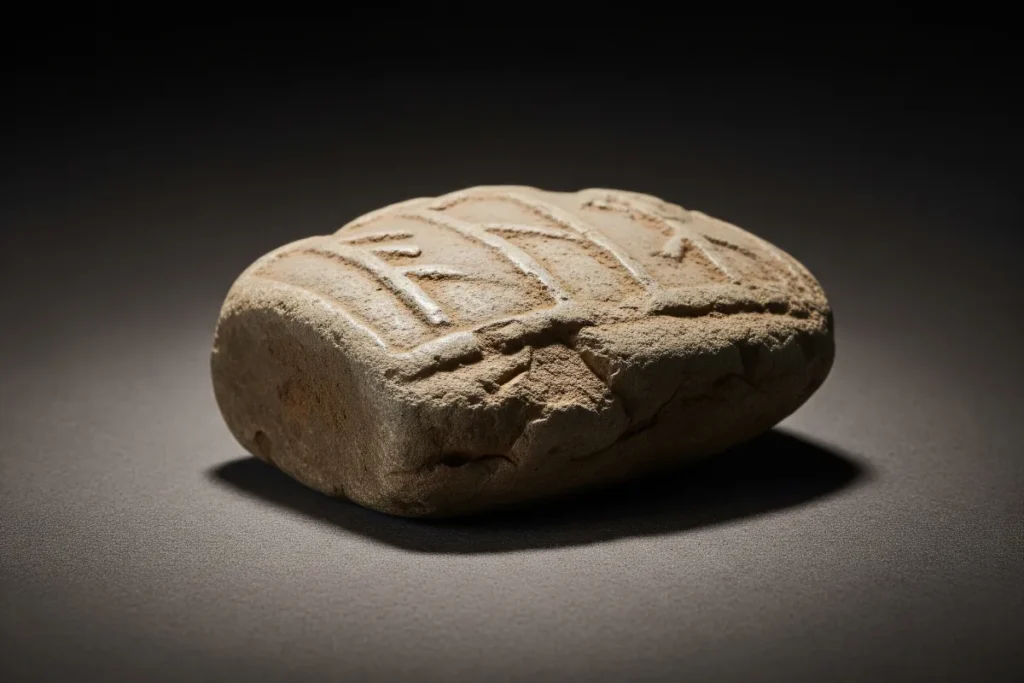
The Lasting Consequences of the Columbus Discovery America Myth
The Columbus Discover America Myth is not a harmless historical inaccuracy; it is an active force with severe and lasting consequences that continue to shape society today. Its most immediate impact is felt in the classroom, where generations have been taught a version of history that erases and marginalizes Indigenous peoples. By presenting 1492 as the beginning of the American story, curricula effectively communicate that thousands of years of Indigenous history are irrelevant. This educational malpractice denies Indigenous students a chance to see their heritage honored and teaches non-Indigenous students a dangerously incomplete and biased version of their nation’s origins.
This distorted education perpetuates colonialist attitudes in the wider culture. When the “discovery” narrative is the only one told, it subtly reinforces the idea that European presence was an unequivocal improvement and that Indigenous cultures were obstacles to progress rather than valuable civilizations in their own right. The flawed Columbus Discover America Myth provides a foundation for modern stereotypes and systemic inequities, making it easier to ignore Indigenous sovereignty, land rights, and calls for justice. It creates a historical blind spot that allows the legacies of colonialism—from environmental injustice to cultural appropriation—to persist unchallenged.
The fierce public debates surrounding Columbus Day are a clear manifestation of this ongoing harm. For many, the holiday is a painful celebration of the historical trauma, violence, and dispossession that followed Columbus’s arrival. The movement to replace it with Indigenous Peoples’ Day is a direct challenge to the myth’s dominance. Rethinking the Columbus Discover America Myth is therefore intrinsically linked to broader contemporary movements for social and racial justice. Confronting this foundational falsehood is a necessary step in building a more equitable society that acknowledges the full scope of its history and honors all the peoples who have shaped it.
Moving Forward: How We Dismantle a Foundational Myth
Dismantling a myth as deeply embedded as the Columbus Discover America Myth requires a conscious and collective effort. It begins with active critical thinking—questioning the stories we have been taught and seeking out the histories that have been silenced. For educators, this means rejecting outdated textbooks and proactively incorporating curricula that center Indigenous perspectives and discuss pre-Columbian contacts. For students and cultural critics, it involves challenging public symbols, like statues and holidays, that glorify a sanitized version of history. This is not about erasing history, but about demanding a more honest and complete account of it.
The most crucial step in this process is to replace the simplistic “discovery” framework with a more complex and accurate narrative of encounter. This requires teaching the history of the Americas as it truly was: a continent of diverse and sophisticated civilizations that was disrupted by multiple waves of external contact, not just one. Prioritizing Indigenous voices is paramount. This means reading works by Indigenous historians, learning the names of the tribal nations whose land we inhabit, and understanding 1492 from the perspective of those who experienced it as a catastrophe, not a discovery. This approach moves us beyond the flawed Columbus Discover America Myth and toward genuine historical understanding.
Ultimately, retiring the Columbus Discover America Myth is an investment in a more equitable future. A nation’s foundational myths shape its values and priorities. As long as the “discovery” narrative persists, it will continue to validate the legacies of colonialism and marginalize the descendants of the continent’s first peoples. By embracing the messy, complicated, and multifaceted truth of our past, we create the possibility of a future built on mutual respect, honest reflection, and a shared history that finally includes all of its participants. The goal is not just better history; it is a better society.
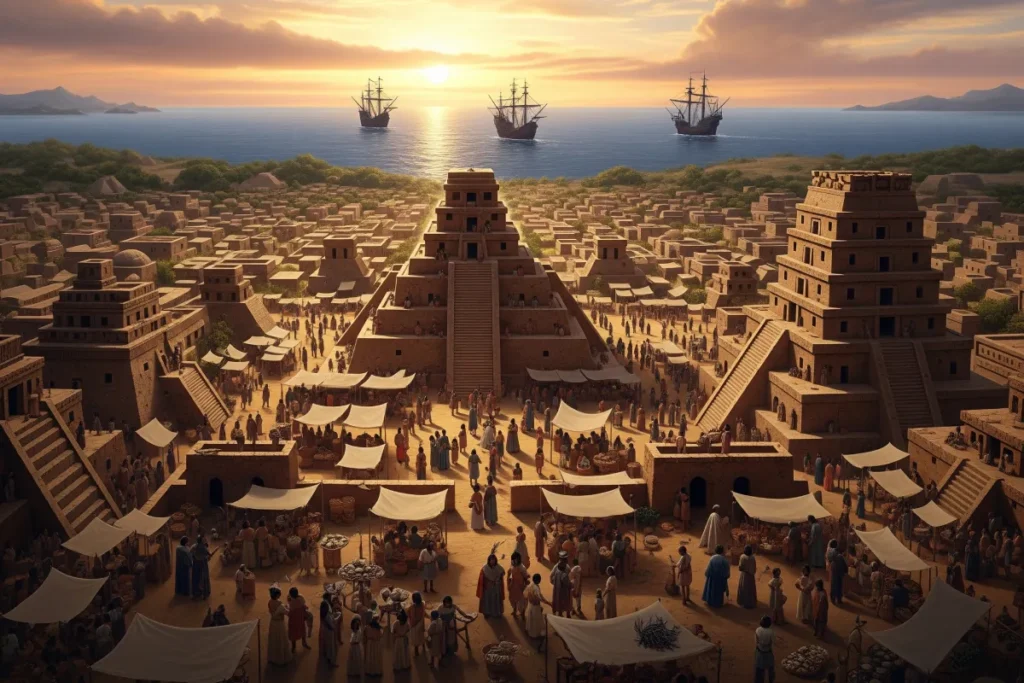
Conclusion
In review, the Columbus Discover America Myth is a foundational falsehood that collapses under the slightest historical scrutiny. We have demonstrated that the narrative of a singular, heroic discovery is not just an oversimplification but a deliberate fabrication. The irrefutable archaeological evidence of Norse settlements in Vinland nearly five centuries before 1492, combined with compelling theories of other trans-oceanic voyages, proves the Americas were part of a globally connected world long before the Spanish fleet arrived. More importantly, the very concept of “discovery” is an act of erasure, ignoring the rich and complex civilizations of the millions of Indigenous people who had called these lands home for millennia.
The persistence of this myth is not accidental. We have traced how Columbus was posthumously elevated to the status of a national icon to serve the political and cultural needs of a young United States, providing a non-British origin story and a justification for westward expansion. The consequences of this mythologizing are severe and ongoing, manifesting in educational curricula that marginalize Indigenous history, perpetuating harmful colonial attitudes, and fueling contentious debates over public symbols like Columbus Day. The myth is not a relic of the past; it is an active force that continues to shape our present-day understanding of justice, identity, and history.
Therefore, the central message is clear: confronting and dismantling the Columbus Discover America Myth is an urgent and necessary task. The path forward requires a commitment to a more honest and inclusive historical narrative—one that centers Indigenous voices, acknowledges the violence of colonialism, and embraces the complexity of our shared past. This is our call to action: for educators to teach the truth, for students to question inherited stories, and for all of us to recognize that retiring a harmful fiction is not about erasing history. It is about finally beginning to tell it truth as a crucial step toward building a more just and equitable future.
